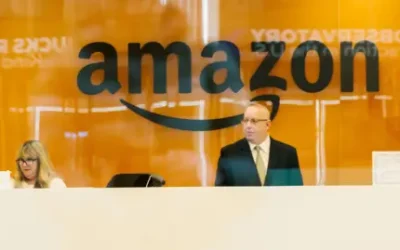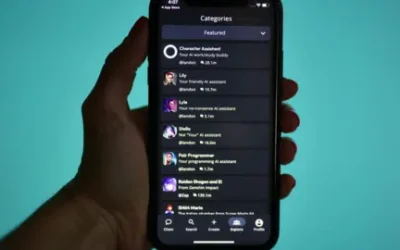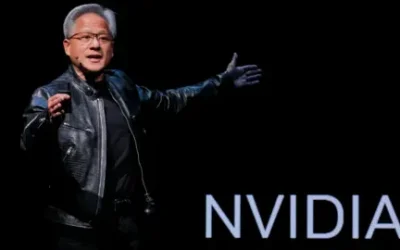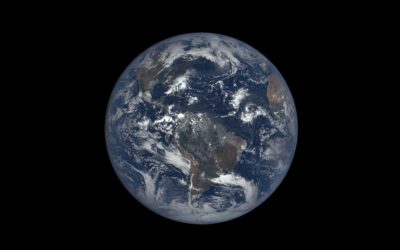On October 28, Japan’s next-generation HTV-X cargo spacecraft achieved a historic first, successfully completing its maiden docking with the International Space Station. The mission delivered thousands of pounds of essential supplies and critical scientific equipment, bolstering resources for the astronauts currently orbiting Earth.
The robotic HTV-X cargo spacecraft was successfully captured by the International Space Station’s Canadarm2 robotic arm late today, marking a precise orbital maneuver. NASA astronaut Zena Cardman and Kimiya Yui of the Japan Aerospace Exploration Agency (JAXA) expertly operated the robotic arm, securing the vehicle at 11:58 p.m. EDT (1558 GMT). At the moment of capture, the orbiting laboratory was soaring 260 miles above the South Atlantic Ocean.
Japan’s HTV-X is set to succeed the highly accomplished H-II Transfer Vehicle (HTV), a spacecraft that flawlessly completed all nine of its resupply missions to the International Space Station (ISS) between September 2009 and May 2020.
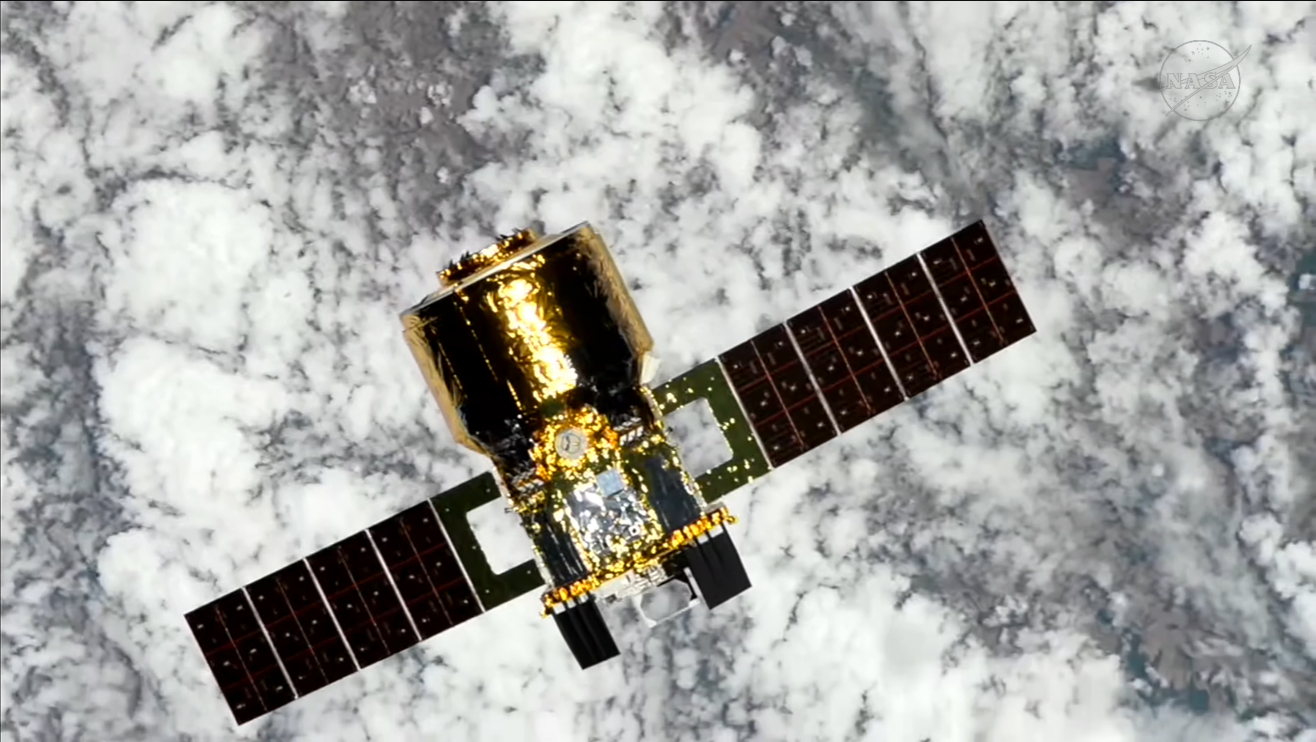
Launched aboard an H3 rocket on Saturday, October 25, the HTV-X is currently transporting approximately 9,000 pounds (4,080 kg) of vital food and supplies. This latest cargo spacecraft mirrors its predecessor’s impressive capabilities, designed to deliver a maximum payload of about 13,200 pounds (6,000 kilograms) to low Earth orbit.
Upon successfully reaching the International Space Station (ISS), the HTV-X spacecraft executed a series of critical test maneuvers. These included a simulated retreat from the orbital outpost’s proximity and comprehensive systems diagnostics, all performed in anticipation of its eventual robotic capture.
The newly unveiled HTV-X freighter, while sharing its predecessor’s single-use design — much like the original HTV (known in Japanese as Kounotori, or “White Stork”) — boasts a significant operational upgrade. Crucially, the HTV-X is engineered for considerably extended missions in orbit.

Japan’s HTV-X cargo vehicle, developed by Mitsubishi Heavy Industries for JAXA, is poised to significantly upgrade space transportation capabilities. Beyond its logistical enhancements, the spacecraft will offer diverse users unique opportunities for on-orbit demonstrations, a service that can extend for up to 1.5 years after its departure from the International Space Station and continue until its eventual re-entry, according to Mitsubishi Heavy Industries.
The HTV-X is poised to become the fourth robotic cargo spacecraft dedicated to resupplying the International Space Station. It will operate alongside an established roster of automated carriers, which includes Russia’s venerable Progress vehicle and two American-made freighters: Northrop Grumman’s Cygnus and SpaceX’s Dragon.
Unlike its single-use counterparts, the Dragon spacecraft stands alone as a recoverable and reusable asset. Following its missions, the capsule executes a precise ocean splashdown, enabling its retrieval and subsequent re-flight. This distinctive reusability not only offers significant cost and resource efficiencies but also uniquely empowers Dragon to transport valuable scientific experiments and critical materials directly from the orbiting station back to Earth.



